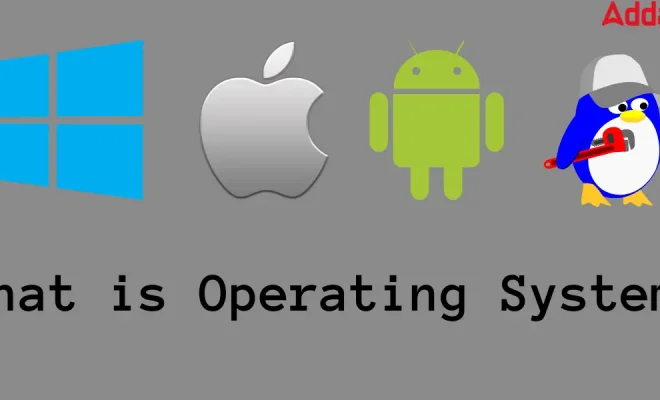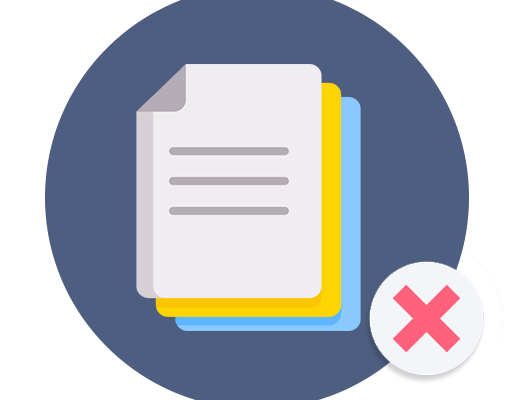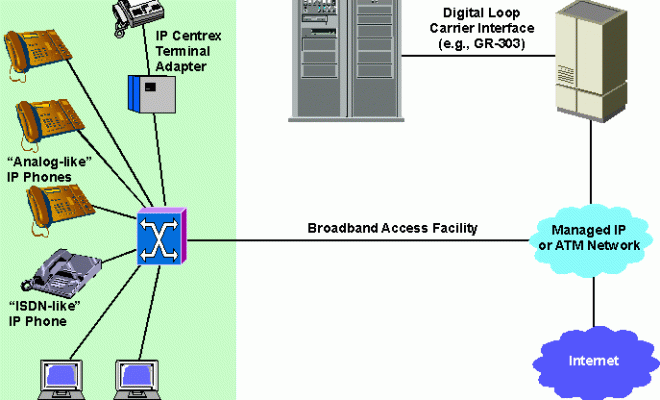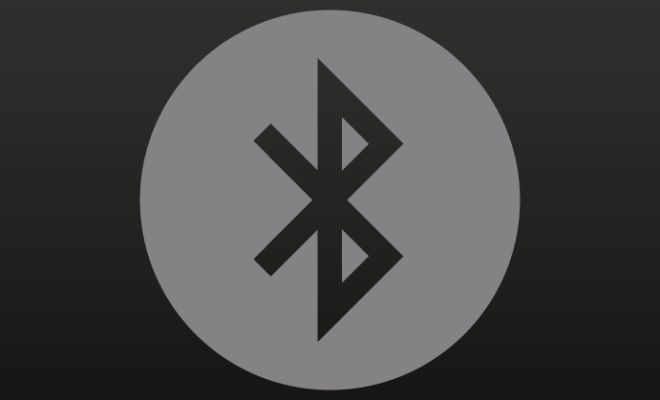Operating System (OS) Definition & Examples

An Operating System (OS) is a program that manages computer hardware resources and provides services to applications software. It acts as a bridge between the computer’s hardware and software, ensuring that applications can run smoothly and efficiently. In short, an Operating System is the backbone of any computer system.
The primary function of an OS is to manage the computer’s memory, processors, input and output devices, and storage. It provides a framework for applications to interact with computer hardware, handles security and user permissions, manages network connections and protocols, and facilitates the execution of programs by translating machine code into instructions that the computer can understand.
There are many different types of Operating Systems, each with its own set of features and advantages. Some of the most common examples include:
1. Microsoft Windows – this is one of the most popular OS worldwide. It’s easy to use with its graphical user interface (GUI), and supports a wide range of hardware and software applications.
2. MacOS – This is the OS for Apple devices such as MacBooks, iMacs, and Mac Pros. It’s known for its user-friendly interface, built-in software, and high-security features.
3. Linux – This is an open-source Operating System that is typically used in servers and supercomputers. Linux is flexible and customizable, with a command-line interface that can be used for complex tasks.
4. iOS – This is the operating system used on Apple’s mobile devices such as the iPhone, iPad, and iPod Touch. It’s known for its speed, security, and ease of use.
5. Android – This is an open-source OS that powers many smartphones and tablets. It’s known for its flexibility and ability to run on a wide range of hardware devices.
Overall, an Operating System is a critical component of any computer system. It takes care of core functions that make it possible for users to interact with their devices with ease. Whether it’s Windows, MacOS, Linux, iOS, or Android, there’s an Operating System for every user’s needs.






